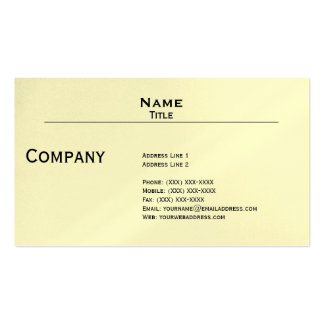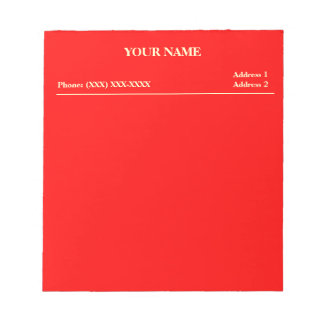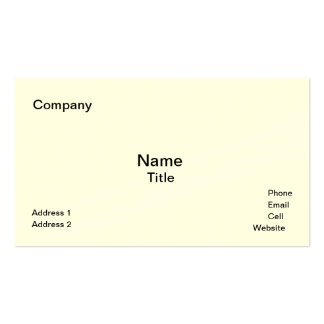Job descriptions are an essential part of hiring and managing your employees. These written summaries ensure your applicants and employees understand their roles and what they need to do to be held accountable.
Job descriptions also:
- Help attract the right job candidates
- Describe the major areas of an employee’s job or position
- Serve as a major basis for outlining performance expectations, job training, job evaluation and career advancement
- Provide a reference point for compensation decisions and unfair hiring practices
Overview
A job description should be practical, clear and accurate to effectively define your needs. Good job descriptions typically begin with a careful analysis of the important facts about a job such as:
- Individual tasks involved
- The methods used to complete the tasks
- The purpose and responsibilities of the job
- The relationship of the job to other jobs
- Qualifications needed for the job
What to Avoid
Don’t be inflexible with your job description. Jobs are subject to change for personal growth, organizational development and/or evolution of new technologies. A flexible job description encourages employees to grow within their position and contribute over time to your overall business.
What to Include
Job descriptions typically include:
- Job title
- Job objective or overall purpose statement
- Summary of the general nature and level of the job
- Description of the broad function and scope of the position
- List of duties or tasks performed critical to success
- Key functional and relational responsibilities in order of significance
- Description of the relationships and roles within the company, including supervisory positions, subordinating roles and other working relationships
Additional Items for Job Descriptions for Recruiting Situations
- Job specifications, standards, and requirements
- Job location where the work will be performed
- Equipment to be used in the performance of the job
- Collective Bargaining Agreements if your company's employees are members of a union
- Salary range
Proper Language in the Job Description
Keep each statement in the job description crisp and clear:
- Structure your sentences in classic verb/object and explanatory phrases. Since the occupant of the job is the subject of your sentence, it may be eliminated. For example, a sentence pertaining to the description of a receptionist position might read: "Greets office visitors and personnel in a friendly and sincere manner."
- Always use the present tense of verbs.
- If necessary, use explanatory phrases telling why, how, where, or how often to add meaning and clarity (e.g. "Collects all employee time sheets on a bi-weekly basis for payroll purposes.")
- Omit any unnecessary articles such as "a," "an," "the," or other words for an easy-to-understand description.
- Use unbiased terminology. For example, use the he/she approach or construct sentences in such a way that gender pronouns are not required.
- Avoid using adverbs or adjectives that are subject to interpretation such as "frequently," "some," "complex," "occasional," and "several."








No comments:
Post a Comment